On one hand, each person on the team identified deep systemic issues to be navigated including, corruption of leadership and rampant inequities in education, healthcare, and housing. And, of course, we were in the town where Freddie Gray was murdered followed by days of protest. Everyone could identify a need for deep change, and the urgency to make that change was palpable. And actually, Baltimore is in the midst of change, and folks felt urgently that we couldn’t miss the opportunity of this moment.
This sense of urgency could not be separated from the obvious and abiding love of the city and its people. In fact, the folks who talked about making change seemed to be the most in love with the city, whether they were Baltimore born and raised or not. It was actually love that was underlying this desire for change.
I think this can be unique in organizing/activist communities: this urgent desire for change born out of great love. While we who see what’s “wrong” can often seem negative, many times it is because we know there is so much good that is being unrealized. It’s because of our love of people and place that we simply cannot tolerate change coming slowly or “more talk” instead of action.
But to be clear, it doesn’t always feel soft, this love-fueled urgency. Often it feels fierce and prickly and cranky and full of dark humor.
And so, as hosts, we stepped into three days of love and urgency. We walked in with a fierceness in our commitment to action and a unyielding belief there was love in the room.
I want to share four places in the training where this curious mix of love and urgency was present, and how we worked with it explicitly.
As one of our very first activities, Allen led us into circle. He began by greeting us with “Great Rising!” It felt different than “Good Morning” and you could feel people respond to even this small shift away from business as usual. And then Allen began “Great Rising” as a call and response. And he continued to call out to us “Great Rising” and expect a response well past what most folks were used to. There were nervous giggles. Some folks stopped. And Allen continued to call out to us, and we (most of us) continued to respond. On the other side, we were all responding and beginning to sink into the realization that we were beginning something important here that needed to be marked. Allen was making sure we attended with reverence (love) to the work ahead of us as we were anxious to get it going (urgency). It was amazing to feel the shift in the room.
On the second day, Kelly did a teach on the Four-Fold Practice. It’s one of my favorite teaches to watch her do because she brings it with such accessibility. She’s just so clear that if we want to make change in the world (urgency) we have to attend to ourselves and our relationships (love). Her teach led into a brilliant discussion as a participant asked, “I feel like I understand what you mean when you say ‘being present’, but what does it really mean? What does it look like?”
I answered a bit and shared about my practices of running, meditation, and being in nature, and people nodded kindly in response. But then Kelly brought it to life when she shared that sometimes she really just needs to listen to really loud punk rock music to get herself centered.
Ah! People could then find themselves there. They could soften out of “it should look like this” and find their own way.
Kelly’s assertion was that you have to do something (urgency) to bring yourself present but how you do that must work for you and reflect your own knowledge and care of yourself (love).
Even when love looks like really loud punk rock music!
Also on the second day, we did a Reflective Listening exercise that asks folks to share stories of courage. Because we knew we were asking folks whose careers were about stepping forward and advocating, we knew we needed to ask them to share their stories that were not only about their actions in making needed change (urgency) but also required them to speak differently about something they cared deeply about (love).
Here Bronagh stepped in and gave a really beautiful invitation to the group. She asked us to name when our stepping forward with courage required real vulnerability and risk. She urged us all to tell a story of depth and care as well as action.
Several folks mentioned that this reflective listening process was the point in the training where they began to “get it” or feel connected to what we were doing together. It was a real life example of inviting both love and urgency into the room as we shared stories of ourselves.
On our final day, we were firmly in the space of love but we couldn’t forget the urgent issues that we would be facing as we left the gathering. As a team, we decided to do a simple, practical teach on meeting design and allow folks to design their very next meeting together.
The teach was fine, but I had come into the training sick and after 3 days of nonstop talking and interaction, I was feeling pretty bad. I was coughing throughout the teach and losing my voice and just kind of struggling through it because it was what needed to get done. (urgency)
And of course, love and care came in at that point. Several participants - in that moment - offered me tea and cough drops (and some other “medicinal” products - 😊) . But more importantly, this moment of folks stopping a moment that was all about practical action to show complete generosity allowed me to reflect back to them how very well cared for I had been throughout the three days. I took a moment just to thank the group for the amount of care, concern, and love I had received throughout our time together. I think - in that moment - I mirrored back to them their love and that was important before we got into the work of “what’s next”. We could hold the love in the room with the urgency of getting good shit done together.
And so we did.
Thank you so much, Baltimore!
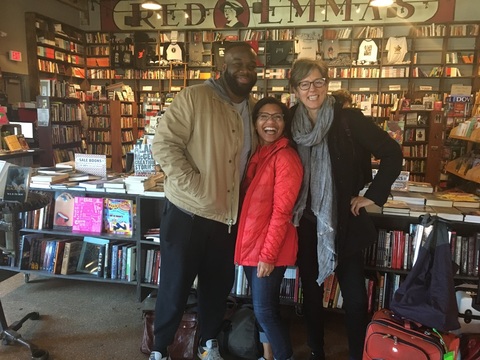
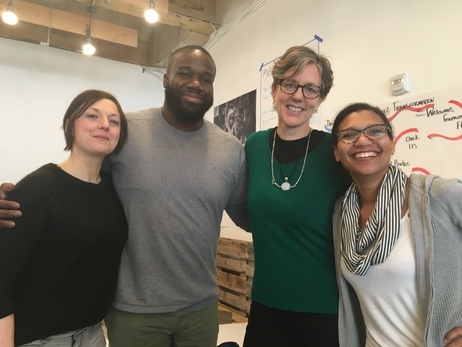
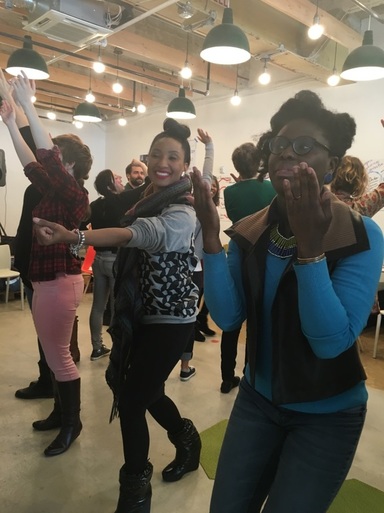
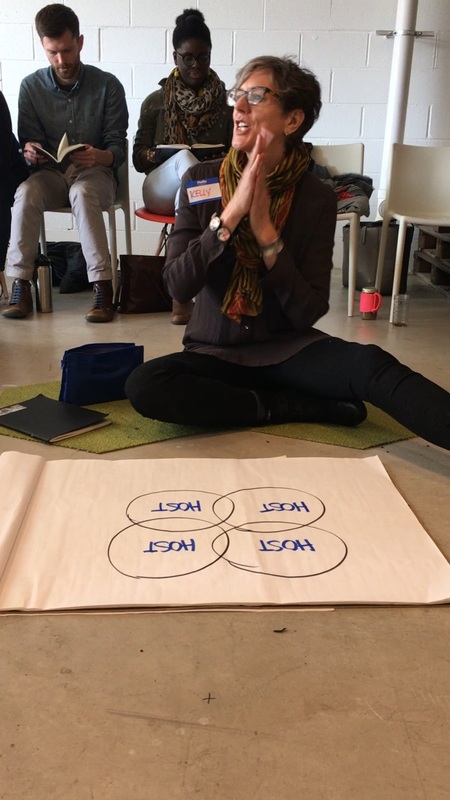
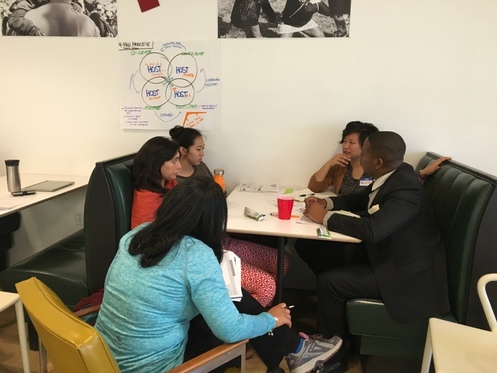
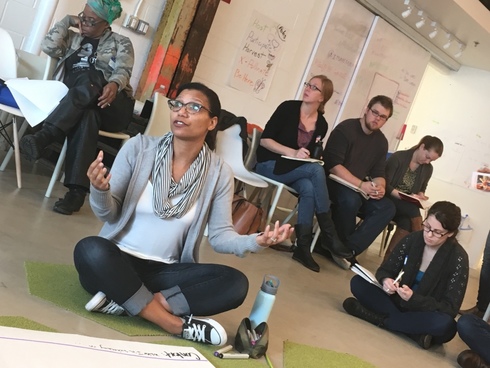
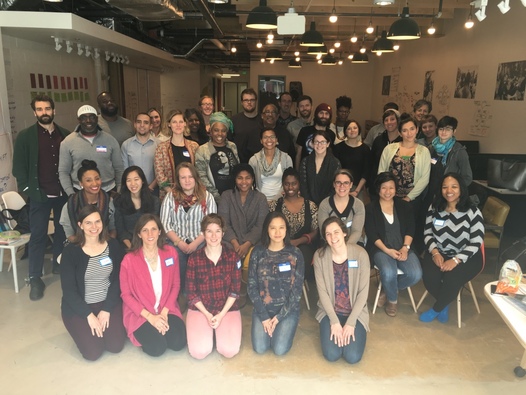
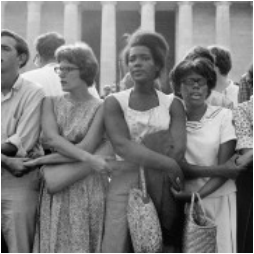
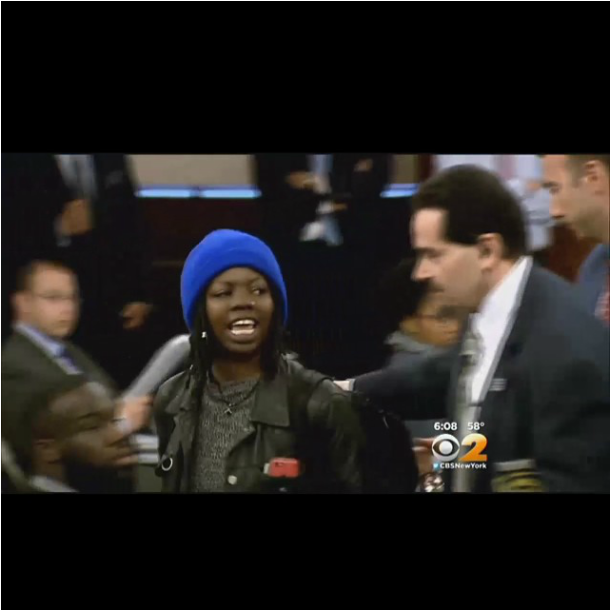
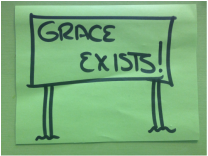
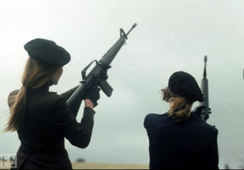
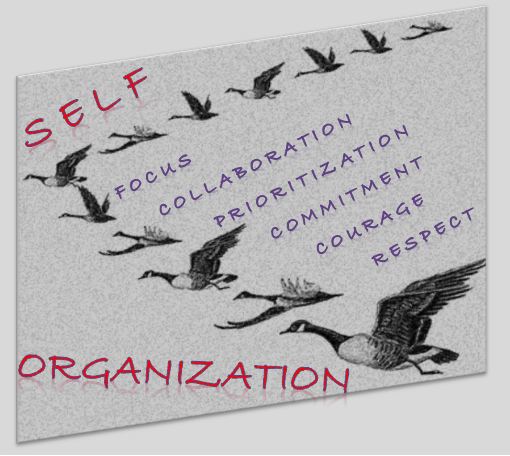
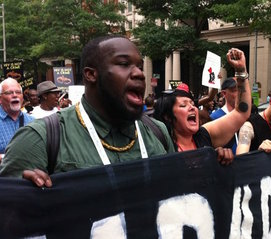
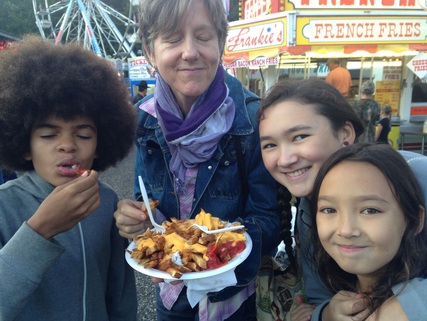
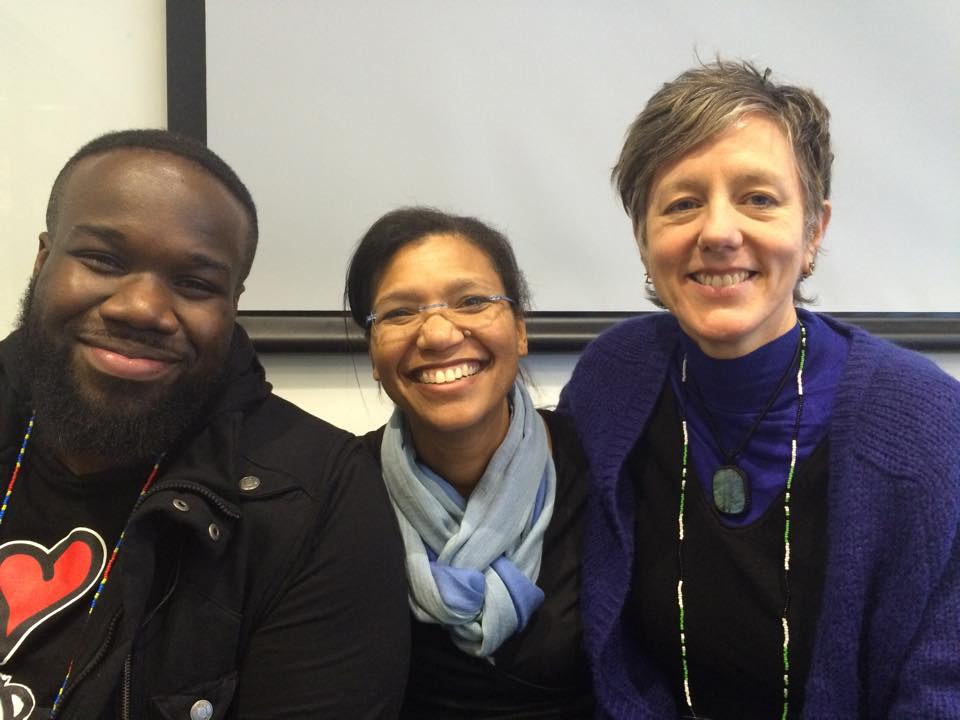
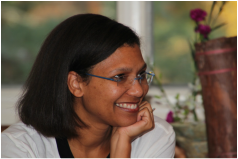
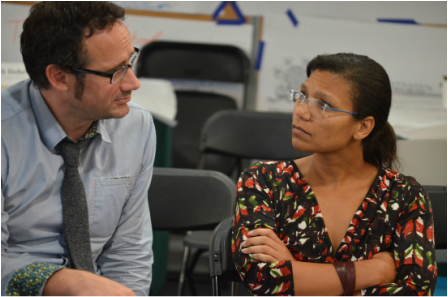
 RSS Feed
RSS Feed